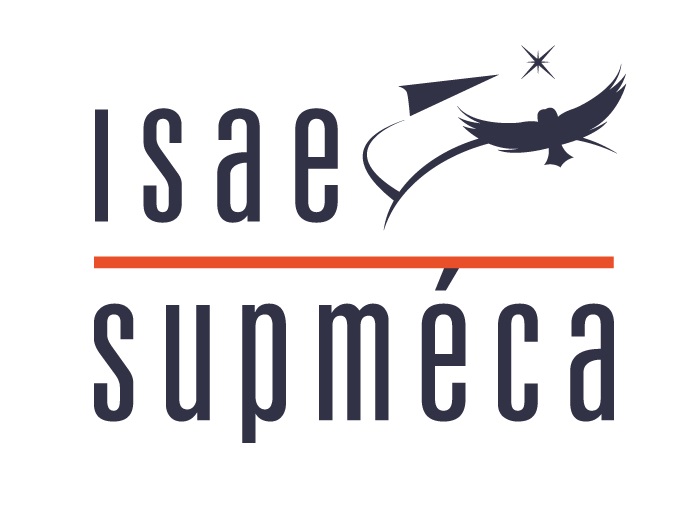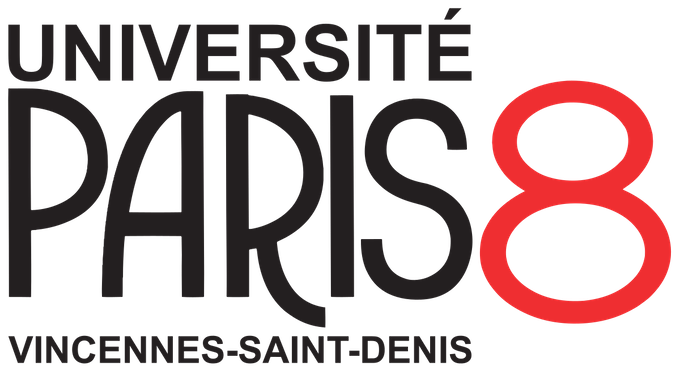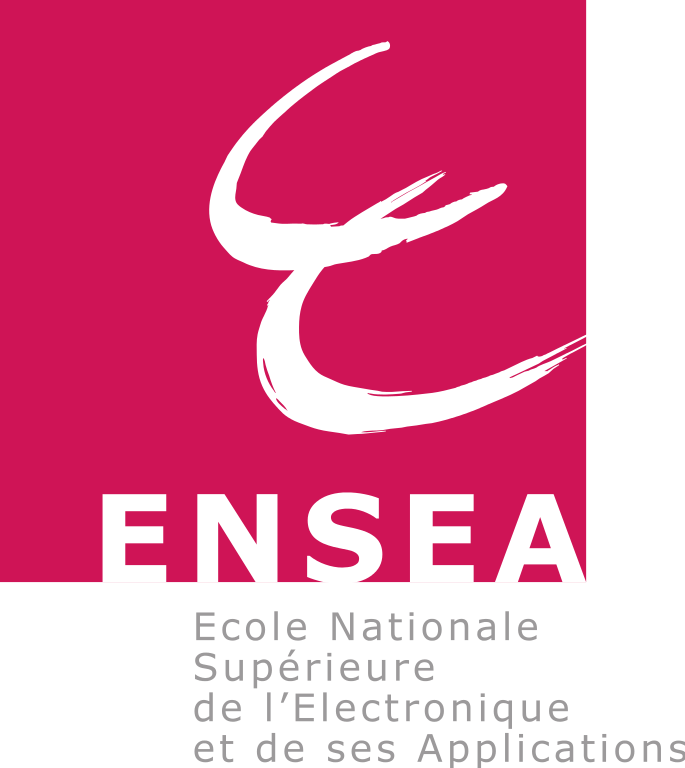Séminaire de Rene ZUNIGA, VAST-FM, 25/02/2021
Nous avons le plaisir de vous annoncer le séminaire de
Rene ZUNIGA, portant sur "Phase transitions in vibrated granular media", thème Vibrations, Acoustique et Structures-FM
le 25/02/2021 à 13h via Teams.
Résumé :
Granular materials are collections of macroscopic particles interacting through their contacts. One finds them in various forms in nature, and for example, one of them, the sand, is the essential ingredient of modern constructions. It is estimated that granular matter is the most used material in the industry after air and water. A single particle is easy to describe ; however, a set of particles has a complex collective behavior. For example, a collection of grains can withstand stress on it, but by delivering some energy to the system, the same set can flow like a liquid. This property, similar to that of molecular fluids, is the main object of study in this thesis. Thermodynamically, the phase transitions are controlled through the temperature of the system. Similarly, in vibrated granular media, there is a temperature analog, which quantifies the fluctuations of the particles and that is proportional to the vibrational energy injected in the system. It is thus possible to move from a solid-granular phase to a liquid-granular one, just by increasing the amplitude of the motion imposed to a container filled with particles. In contrast, in this thesis, we aim at studying the phase transition of a vertically vibrated granular medium, maintaining the acceleration (energy) constant but modifying the geometry of the container. The geometry is modified by including a V-shaped template at the bottom of the cell. In this way, one can induce more significant disorder by breaking the spontaneous symmetry generated by the mono-disperse spheres. A fast camera records the movement of the particles, and through image analysis, one can detect each of the particles over time. From the positions and the trajectories, it is possible to measure the velocity field, the number of near neighbors of each particle, the local compaction, and a local order parameter. All these parameters provide information on the existence of a phase transition between solid-like and fluid-like states. Practically, this allows one to study and link the dissipative aspects of the vibrated granular media, the statistics of the particles’ motions and the topology of the lattice. Additionally, we perform simulations using the Discrete Element Method (DEM) to calculate the energy loss factor from collisions between particles and the container, and corroborate our experimental observations.



